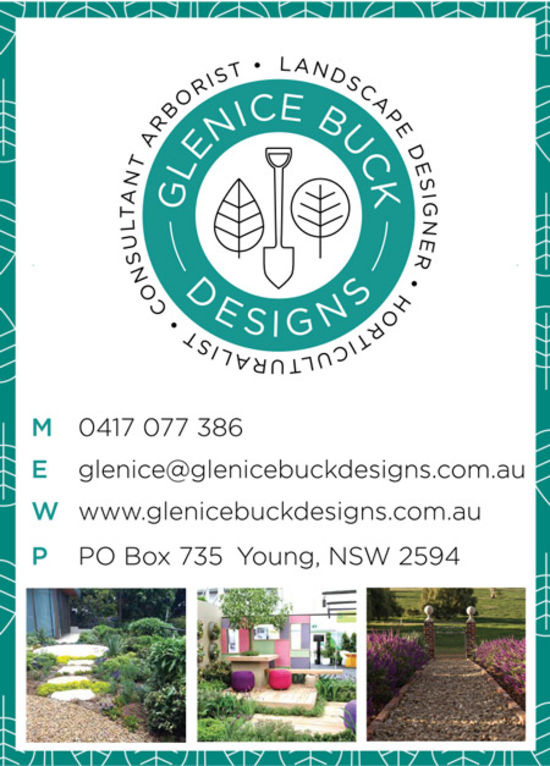Continuing on from last week, we will now do a more in-depth discussion on some of the garden design styles. As mentioned last week, there really are no rules when it comes to design style – it is up to you and your taste. I will say that trying to keep a general theme throughout your garden is important and unless you have acres and acres of garden, you want there to be a flow and a cohesiveness to the space.
The main factor that you will need to take into consideration is the architecture of the existing house or the building onsite. Try to ensure that the garden will fit in with the house. Sometimes you can even use the garden to highlight the architectural features of the house. The other factor to consider is the existing trees and shrubs – more on this in coming weeks when we discuss site assessment and tree inventory.
Here are a few types of garden styles:
Cottage Garden Style
A cottage garden is known for its flowering perennials with their soft, relaxed form and character. These gardens have a fairly informal style and are normally planted with flowering plants in muted and pastel colours. The plants tend to grow into each other, forming mounds and domes. The plantings are rarely in straight lines, normally plants are laid out in zig zag formation. Lawns will be used in small areas, not as big open areas.
Pathways are usually rounded and curved, they will meander and wander through the garden. They may be made from natural stone laid in a crazy paving pattern, recycled bricks laid in a basket weave pattern or even pebbles or gravel may be used. Pavers or pieces of stone may be used as stepping stones through gardens or through grass. Hardscape features like walls are usually made from natural stone or reconstituted stone products.
Other landscape features such as arbors, pergolas or archways are made from timber. Birdbaths and sundials may be used as focal points. Benches will be placed in locations where visitors can sit and enjoy the garden. Sometimes rustic stone pots could be used throughout the garden, planted with annuals or bulbs for seasonal colour and decoration. Hedges can be used as well, but mainly to form boundaries of the garden.
The planting of a cottage garden requires good planting, although can seem a bit haphazardly planted, you do need to do your spacings correctly. They will be densely planted with many flowering plants. You need to consider the mature sizes of all plants for the spacing.
Formal Garden Style
This style of garden has the most structure and can be quite rigid in their style. The basis of a formal garden is symmetry, balance, tailored plantings, simplistic plant choice and a sense of majesty. The gardens and pathways tend to run in straight lines and form grid like patterns. Usually the lines are taken from the doors or windows of the buildings on site, they run perpendicular or parallel to each other. The main axes of the gardens are formed by pathways that will stretch out across the site and where they intersect, a focal point such as a statue, a water feature or an urn will be placed.
The plantings in these balanced gardens are stylised into the orderly shapes of hedges in varying heights, avenues of trees and topiarised plants in all shapes and sizes. The plantings will be layered plantings. They will have an organized feel which is enhanced by the repetition of using the same plant species and shapes throughout the garden in rows and lines. The formality of the garden gives rise to creating views and vistas.
An important feature in a formal garden style is to have a focal point to draw your eye towards a view. The focal point may be an ornate pot or an urn on a plinth, obelisk or even a statue. They may be used at the end of view or either side of stairs or each side of an arbor or bench.
The plants used will hold their shape at all times of the year, even if they are deciduous. The plants will be kept pruned in a form of a square or rounded shape to give structure and dimension to the beds. The plant species are usually kept to foliage plants, it would be rare to see many flowers. Although you could add interest to the garden with selecting plants that have variation in leaf size, shape and texture. The plants need to look good through all four seasons of the year.
Continuing on next week, we will focus on two more garden styles – Modern garden style and Naturalistic or Meadow/Prairie style of gardens.
If you would like to subscribe to my free Garden newsletter, you can subscribe here – www.tinyletter.com/glenicebuckdesigns or email glenice@glenicebuckdesigns.com.au or phone or text me on 0417 077 386.
Stay Connected
Subscribe
Get in Contact
Hilltops News to your inbox
Sign up now for the latest news from the Hilltops Area direct to your inbox.


